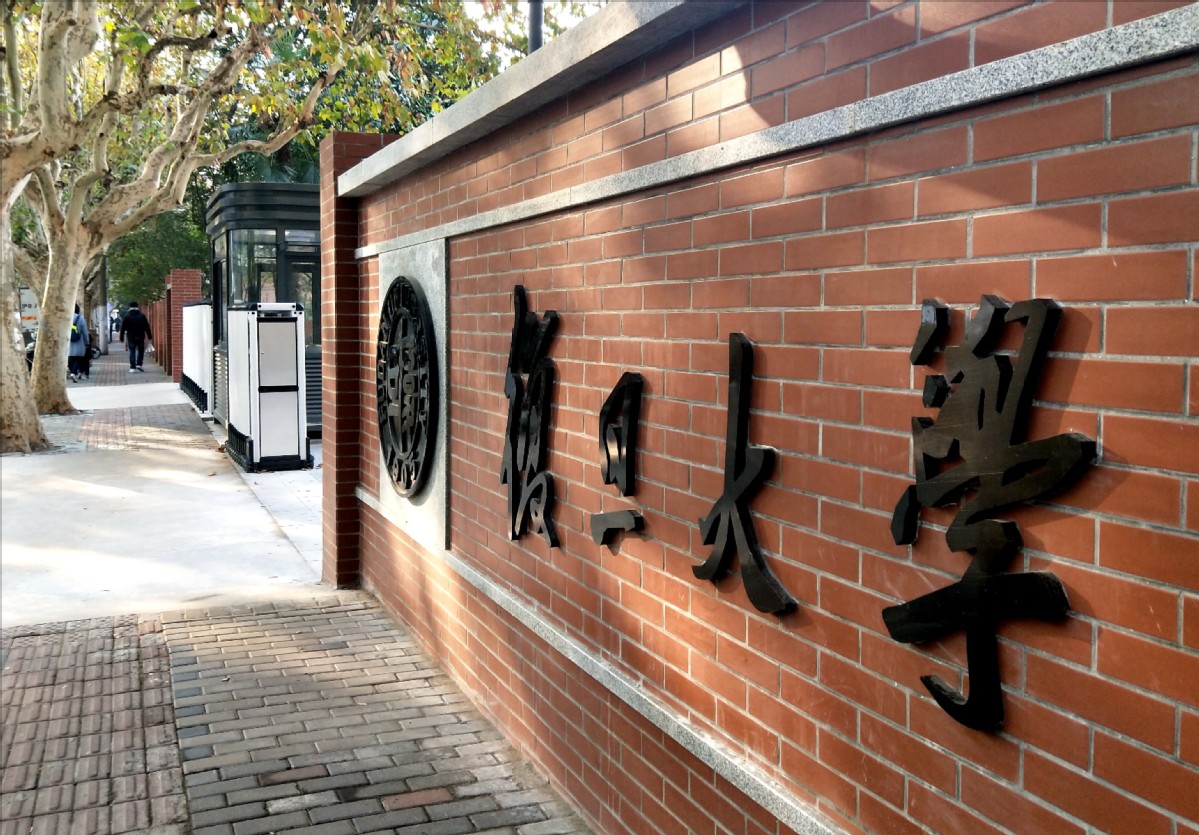
Photo du campus Handan de l’Université Fudan à Shanghai, Nov 14, 2018. [Photo/CI]
Des chercheurs de l'Université Fudan de Shanghai ont mis au point une méthode permettant de détecter les acides nucléiques du nouveau coronavirus en moins de quatre minutes., beaucoup plus rapide que la méthode actuelle utilisée au niveau national.
L'équipe de recherche a déclaré que la nouvelle approche est ultrasensible et utilise de petites, équipement portatif.
Dans la réaction en chaîne par polymérase, les tests d'acide nucléique largement utilisés en Chine pour détecter le virus qui provoque Covid-19, Un signal fluorescent montre si un échantillon est positif. Pour obtenir un signal fluorescent d'une intensité suffisante, L'acide nucléique de l'échantillon doit être extrait et amplifié, Et l'ensemble du processus de test prend deux heures ou plus.
toutefois, Dans la nouvelle méthode, Une puce de détection de transistor avec des systèmes électromécaniques moléculaires est capable de terminer la détection électromécanique rapide et ultrasensible du virus’ acide ribonucléique dans des échantillons non amplifiés, ce qui fait gagner du temps.
Wei Dacheng, un chercheur de premier plan dans l'équipe qui a conçu la méthode, a dit qu'ils avaient converti les signaux chimiques du virus’ acide nucléique en signaux électriques.
“Le canal conducteur d'un transistor est un semi-conducteur,” il a dit. “Lorsque la réaction se déroule sur le canal, d'une part, Le transistor convertit les signaux chimiques en signaux électriques, Et de l'autre, il peut amplifier ces signaux.
“Ainsi, quand il y a même un petit nombre d'acides nucléiques interagissant avec le semi-conducteur, Un nombre colossal de porteurs de charge sera généré dans le transistor en raison de l'effet de dopage. Tant que nous pouvons détecter un changement dans le courant, Nous pouvons déterminer l'existence du virus Covid-19 dans l'échantillon.”
Un article sur la recherche, Dirigé conjointement par le Département de science macromoléculaire de Fudan, son State Key Laboratory of Molecular Engineering of Polymers and Experts d'autres institutions, a été publié dans la revue Nature Biomedical Engineering en février 7.
L'équipe a déclaré que les transistors avaient déjà été utilisés pour détecter les ions, molécules biologiques et radicaux libres, Mais cela a considérablement amélioré les performances du capteur de transistor pour répondre aux exigences d'une détection de coronavirus à haute sensibilité à haute sensibilité.
“Notre équipe utilisait le transistor pour la détection des radicaux libres, Mais la concentration d'acides nucléiques SARS-COV-2 est inférieure à celle d'environ 10 ordres de grandeur,” Wei a dit. Il a déclaré que la recherche est toujours à la phase de laboratoire et nécessite une validation clinique plus approfondie pour garantir ses performances stables dans différents environnements réels avant de pouvoir être mis en application clinique.
La source: Quotidien de la Chine

















